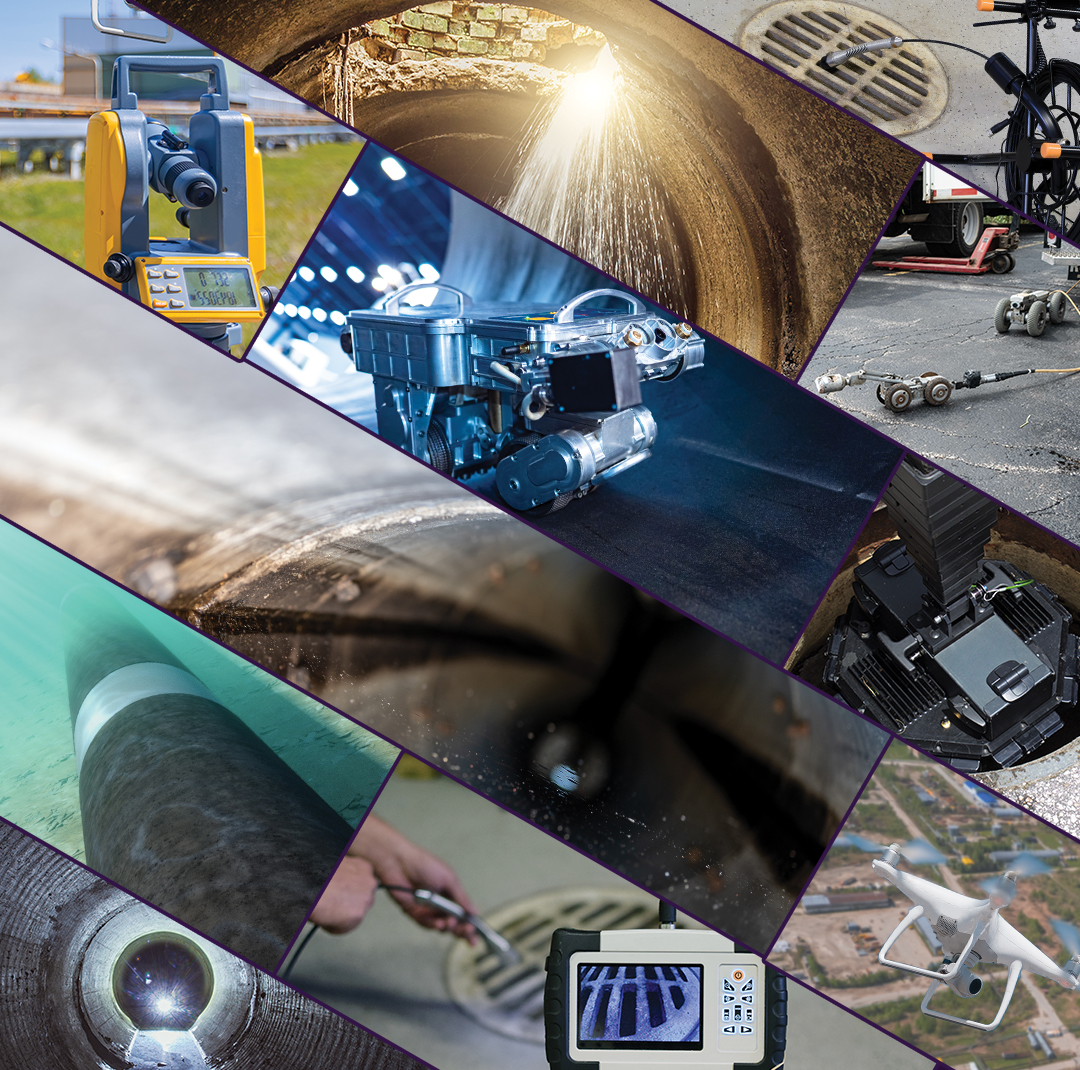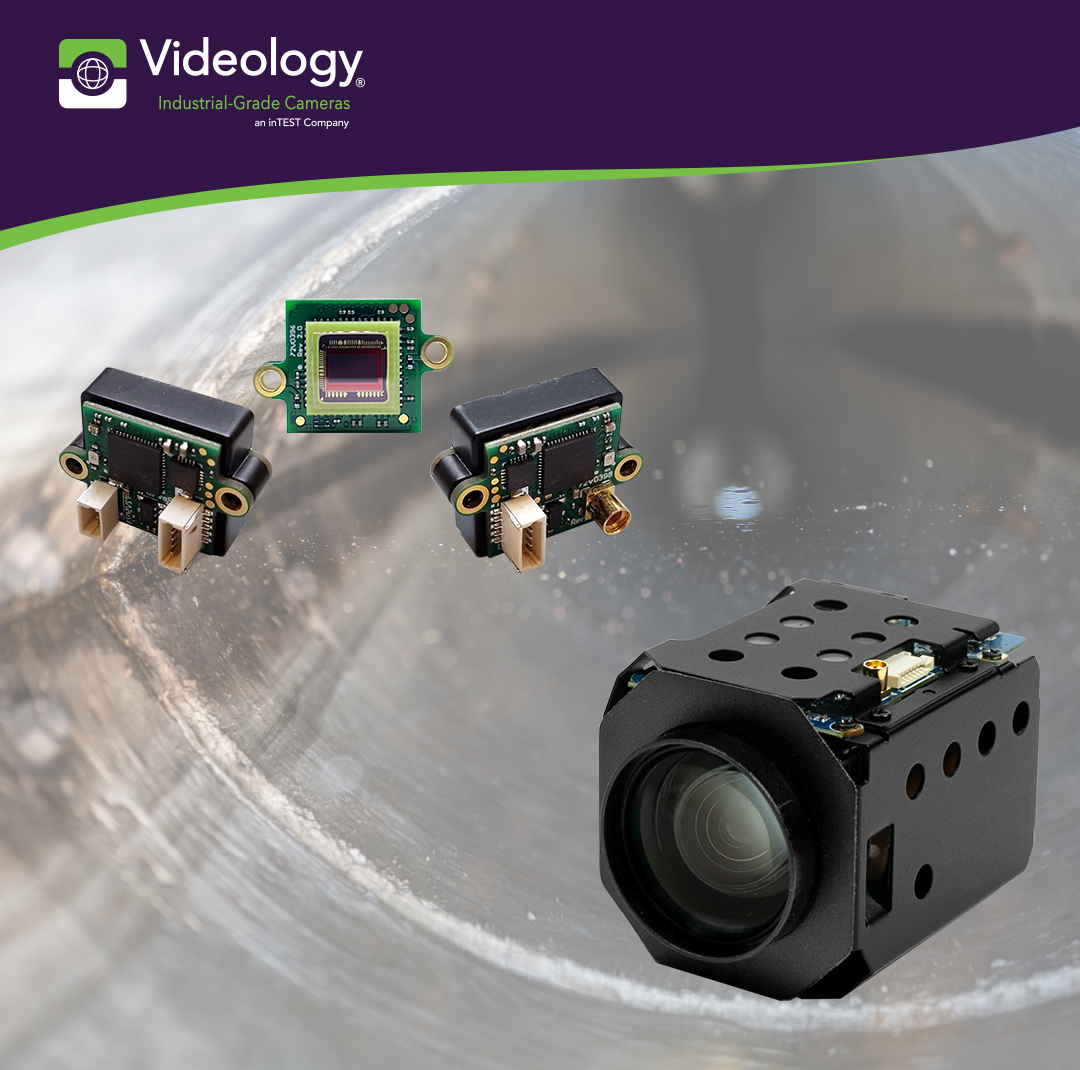Light at the end of the tunnel: Videology pipe inspection cameras
Inspection cameras used in pipelines, plumbing systems and storm drains are designed to help professionals inspect and diagnose problems in pipes and...
SCAiLX AI Imaging
SOFTWARE
Excellence. Every day. Every time.
MARKETS SERVED
Excellence. Every day. Every time.
ONLINE TOOLS
DOCUMENTATION
Excellence. Every day. Every time.
OUR COMPANY
OUR PRESENCE
OUR PARTNERS
Excellence. Every day. Every time.
3 min read
Derya Yoruk
May 13, 2024

In the world of infrastructure maintenance, the importance of pipe inspection cannot be overstated. Whether it is for municipal sewer systems, industrial pipelines, or residential plumbing, having the right equipment is crucial for efficient and effective inspections. At the heart of any pipe inspection solution lies the OEM camera, which serves as the eyes of the operation. But with a myriad of options available, how do you choose the right one for your specific needs?
When choosing the embedded camera for your pipe and sewer inspection tool, you will want to consider a few factors including the dimensions of the pipes you will be inspecting, the distance the camera will need to travel, and the level of detail required in your inspections. Here are some things to keep in mind:
The size of the pipes you will be inspecting will have a big impact on the camera you choose. You will need a camera that is small enough to fit your crawler, push rod, or drone but also equipped with a large enough sensor size to view and capture clear images of the interior walls. Consider the diameter and length of the pipes, as well as any bends, angles, or turns that your tool will need to navigate through.
The distance the camera can travel is another critical factor to consider. Depending on the size and layout of the pipes your tool will operate, your camera head may need to travel a significant distance to inspect the entire system. Look for a camera that supports long-distance transmission to ensure that you can really reach all areas of the pipes.
You will need a camera with sufficient cable length for long pipelines or deep sewer systems to reach the inspection point comfortably. Additionally, consider the clarity and quality of the image transmission over longer distances to ensure accurate inspections.

3. Technical Specifications
When evaluating OEM cameras, pay attention to technical specifications such as resolution, frame rate, and lighting options. Higher-resolution cameras provide clearer images, allowing for better analysis of pipe conditions. A good low-light sensitive camera performs well in very low light or completely dark inspection areas while low-latency would avoid operational mistakes and improve productivity.
Some important technical specifications to consider include:
Resolution: A higher resolution camera will provide clearer images and more detailed information from pipes, drainage and sewer systems.
Low light support: The camera should have good light sensitivity to provide clear images in dark, low, or changing light conditions.
Durability: Durability and robustness are vital characteristics to look for when investing in an OEM camera.
As a tool manufacturer, sourcing the right OEM board camera is crucial for the quality and effectiveness of your product. Here are some steps you can take to find the right camera.
The first step is to determine the dimensions, working distance and technical specifications you need for your camera, that is listed in our guide above. Once you have determined your requirements, look for a reputable manufacturer with a track record of producing high-quality cameras for pipe inspection applications. Consider factors such as cost, reliability, and customer support when evaluating your embedded camera supplier.

As a next step, request samples of cameras to evaluate their performance and compatibility with your inspection tool. Test the cameras in real-world conditions to ensure they meet your requirements. During this process, assess the supplier`s technical support and expertise, as well as their software and firmware. Good support will help ensure your camera is working optimally and that any issues can be quickly resolved.
Along the way, make sure the supplier can guarantee the long-term availability of the camera, as discontinuation or changes to the model can have a significant impact on the production and maintenance of your inspection tool. Additionally, the cost of the camera is an important factor to consider. You want to ensure that you get a camera that meets your requirements without overspending on unnecessary features.
Choosing the right camera for your pipe inspection solution will depend on the specific requirements of your project. Take the time to carefully evaluate your needs and make sure all boxes are ticked before making a decision. By following these steps, you can source the right OEM board camera for your pipe inspection tool, helping ensure your customers receive a high-quality, reliable product.
Meet us at IFAT 2024 Hall C3 Booth 527 to see our latest advanced OEM camera solutions that can be customized for your pipe/sewer inspection or environmental monitoring applications. Request your free online voucher here.

Inspection cameras used in pipelines, plumbing systems and storm drains are designed to help professionals inspect and diagnose problems in pipes and...

The worlds best pipeline and infrastructure inspectors rely on the top imaging aids to be their “eye” in assessing hard-to-reach pipe conditions. The...

A recent request from one of our customers, a provider of pipeline and sewer inspection systems, challenged us to maintain a level camera feed while...
HEADQUARTERS LOCATION
Videology Industrial-Grade Cameras
35 Hampden Road
Mansfield, MA 02048
United States
Directions
+1 401 949 5332
sales@videologyinc.com